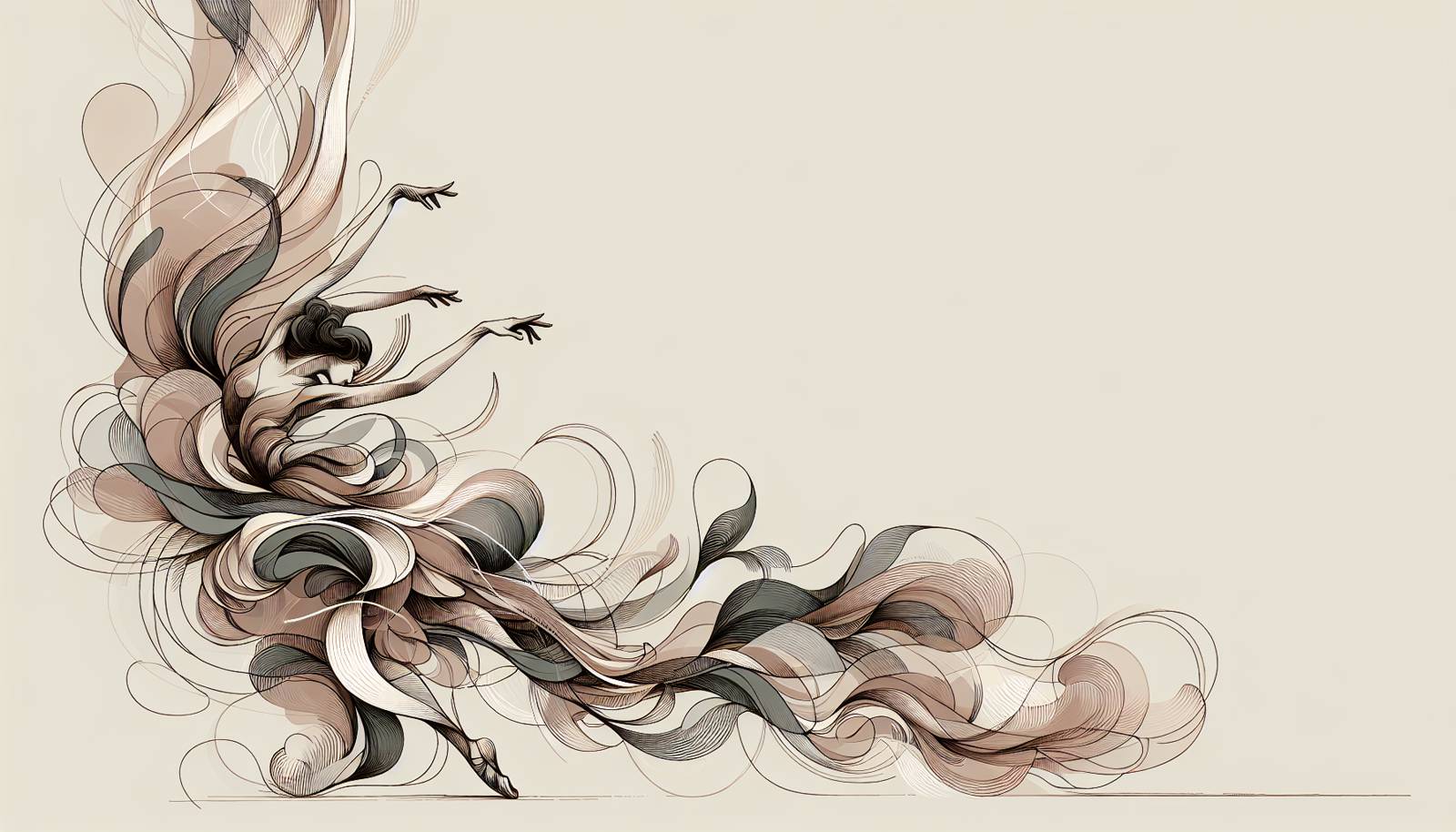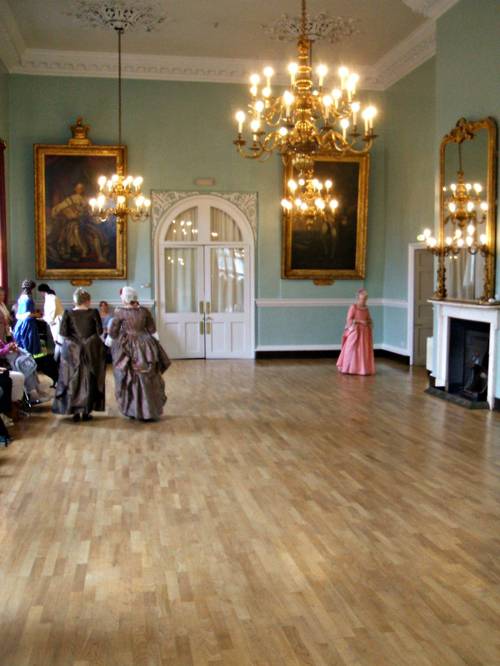
FAQ About The Influence of Baroque Dance on Modern Performance

What is Baroque dance?
Baroque dance refers to the dance styles of the Baroque era, which spans from approximately 1600 to 1750. These dances were performed in the courts of Europe and were characterized by intricate footwork, precise arm movements, and elaborate costumes. Baroque dances often accompanied the period's music and had specific steps and formations that aligned with the music's rhythmic patterns.

How did Baroque dance develop historically?
Baroque dance developed as a form of court entertainment in the 17th and 18th centuries, especially in France under the reign of King Louis XIV. It evolved from earlier Renaissance dance forms and was influenced by the social, cultural, and artistic changes of the time. The French court played a crucial role in formalizing these dances, ultimately laying the groundwork for classical ballet.

What are some characteristics of Baroque dance?
Characteristics of Baroque dance include intricate footwork and leg movements, graceful arm gestures, and synchronized formations. The dance style emphasizes elegance and decorum, often utilizing symmetrical patterns and harmonious movements that match Baroque music. Dancers frequently used detailed body postures and subtle expressions to convey emotion and narrative.

What types of performances incorporated Baroque dance?
Baroque dance was often incorporated into court ballets, operas, and masquerades during the 17th and 18th centuries. These performances were typically lavish affairs that combined music, dance, and theater to entertain and showcase the wealth and cultural sophistication of the courts.

Who were some notable figures in Baroque dance history?
Notable figures in the history of Baroque dance include Jean-Baptiste Lully, a composer who collaborated closely with King Louis XIV, and Pierre Beauchamp, who is credited with codifying the five positions of ballet. Both individuals played essential roles in the development and formalization of dance during the Baroque period.

How does Baroque dance influence modern choreography?
Baroque dance influences modern choreography through its emphasis on structured forms, elegance, and expressive gestures. Contemporary choreographers may incorporate Baroque dance elements into their work to evoke historical themes, create visual symmetry, or add dramatic flair. This influence is seen in classical ballet and modern dance performances that draw inspiration from historical styles.

Can Baroque dance be seen in any modern performances today?
Yes, Baroque dance can still be seen in modern performances, particularly in revivals of Baroque operas or ballets. Dance companies specializing in historical performances often recreate Baroque dances, while contemporary choreographers sometimes blend these elements into new works to bring historical authenticity to their productions.

What is the impact of Baroque aesthetics on contemporary dance?
The impact of Baroque aesthetics on contemporary dance is evident in the use of geometric formations, precise movements, and dramatic storytelling. These elements can add a sense of grandeur and elegance to modern dance performances. Additionally, the intersection of music and dance in Baroque art offers a historical context that can enrich contemporary interpretations of dance narratives.

How does Baroque music relate to its dance forms?
Baroque music and dance forms are closely intertwined, with many dances composed specifically to complement Baroque musical compositions. The rhythmic structure of the music often corresponds directly to specific dance steps, creating a seamless integration of audio and visual elements. Composers like Johann Sebastian Bach and George Frideric Handel wrote suites of music that aligned with various dance forms of the period.

What is the role of costumes in Baroque dance?
Costumes played a significant role in Baroque dance, as they were designed to enhance the visual aspects of performances. Elaborate and ornate, these costumes often featured layers of fabric, embroidery, and lace, reflecting the opulence of the era. The costumes not only contributed to the aesthetic appeal but also influenced the movement and style of the dance itself, as dancers had to accommodate their steps to the attire they wore.

Are there any schools or organizations dedicated to teaching Baroque dance?
Yes, several schools and organizations worldwide focus on teaching Baroque dance. These institutions often offer workshops, classes, and performances that aim to preserve and promote the understanding of Baroque dance techniques and its historical significance. Examples include the Baroque Music and Dance Center and specialized programs within broader classical dance and music schools.

How do modern dancers train to perform Baroque dance styles?
Modern dancers who wish to perform Baroque dance styles often undergo specialized training that includes learning historical dance steps, techniques, and the context of the dances. This training may involve studying period music, understanding the history and culture of the Baroque era, and mastering the intricate footwork and posture associated with the dance form. Workshops and classes led by experienced practitioners in Baroque dance are common methods of training.

How did Baroque dance reflect the society of its time?
Baroque dance was a reflection of the societal norms and values of its time, emphasizing grace, decorum, and social hierarchy. Dance at court often mirrored the political and cultural aspirations of the era, showcasing the power and refinement of the monarchy and aristocracy. Through dance, participants displayed their education, status, and alignment with the cultural ideals propagated by the ruling class.

What are the differences between Baroque dance and other historical dance styles?
Baroque dance differs from other historical dance styles like Renaissance or Romantic dance through its intricate step patterns, emphasis on symmetry, and strong ties to Baroque music. While Renaissance dances often involved simpler patterns and group formations, Baroque dances became more complex and stylized. Unlike the expressive, narrative-focused movements of Romantic dance, Baroque dance emphasized decorum and restraint within elaborate theatrical settings.

What are some common misconceptions about Baroque dance?
A common misconception about Baroque dance is that it is the same as classical ballet when, in fact, Baroque dance predates ballet and has its own distinct characteristics. Another misconception is that Baroque dance is overly rigid, whereas it actually involves a blend of structured patterns with expressive and sometimes improvisational elements, shaped by the music and the dancer’s interpretation.

Is there a difference between Baroque dance and Baroque ballet?
Yes, there is a difference between Baroque dance and Baroque ballet. While Baroque dance refers to the broader range of dance styles from the Baroque period, Baroque ballet is a more specific form that emerged as part of the theatrical tradition of the time, often involving narrative storytelling and performed on stages. Baroque ballet further laid the foundations for the development of classical ballet.

Why did Baroque dance decline in popularity?
Baroque dance began to decline in popularity towards the end of the 18th century due to changing tastes and the evolution of dance styles. The rise of classical ballet, with its emphasis on virtuosity and individual expression, gradually replaced the more formal and courtly Baroque dance forms. Additionally, societal changes and the waning influence of European courts contributed to the fade of Baroque dance.

What role did King Louis XIV play in the development of Baroque dance?
King Louis XIV played a critical role in the development of Baroque dance by promoting it as a key court activity and cultural symbol of his reign. Known as the "Sun King," he was passionate about the arts and commissioned many ballets and operas in which he sometimes performed. Louis XIV's support helped establish dance acad ines, standardized practice, and contributed to the formal structure and complexity that came to characterize Baroque dance.

What are some famous Baroque dance compositions?
Famous Baroque dance compositions include suites and dances by composers such as Johann Sebastian Bach, George Frideric Handel, and Jean-Baptiste Lully. These compositions often featured music specifically written for popular dance forms of the time, such as the minuet, gigue, sarabande, and allemande, each with distinct rhythms and movements.

How is Baroque dance documented, and why is this important?
Baroque dance is documented through various sources, including detailed manuals, notation systems like Beauchamp-Feuillet notation, paintings, and historical reports. This documentation is crucial for contemporary understanding and reconstruction of the dance forms, aiding historians and performers in preserving the legacy and nuances of Baroque cultural and artistic expressions.
